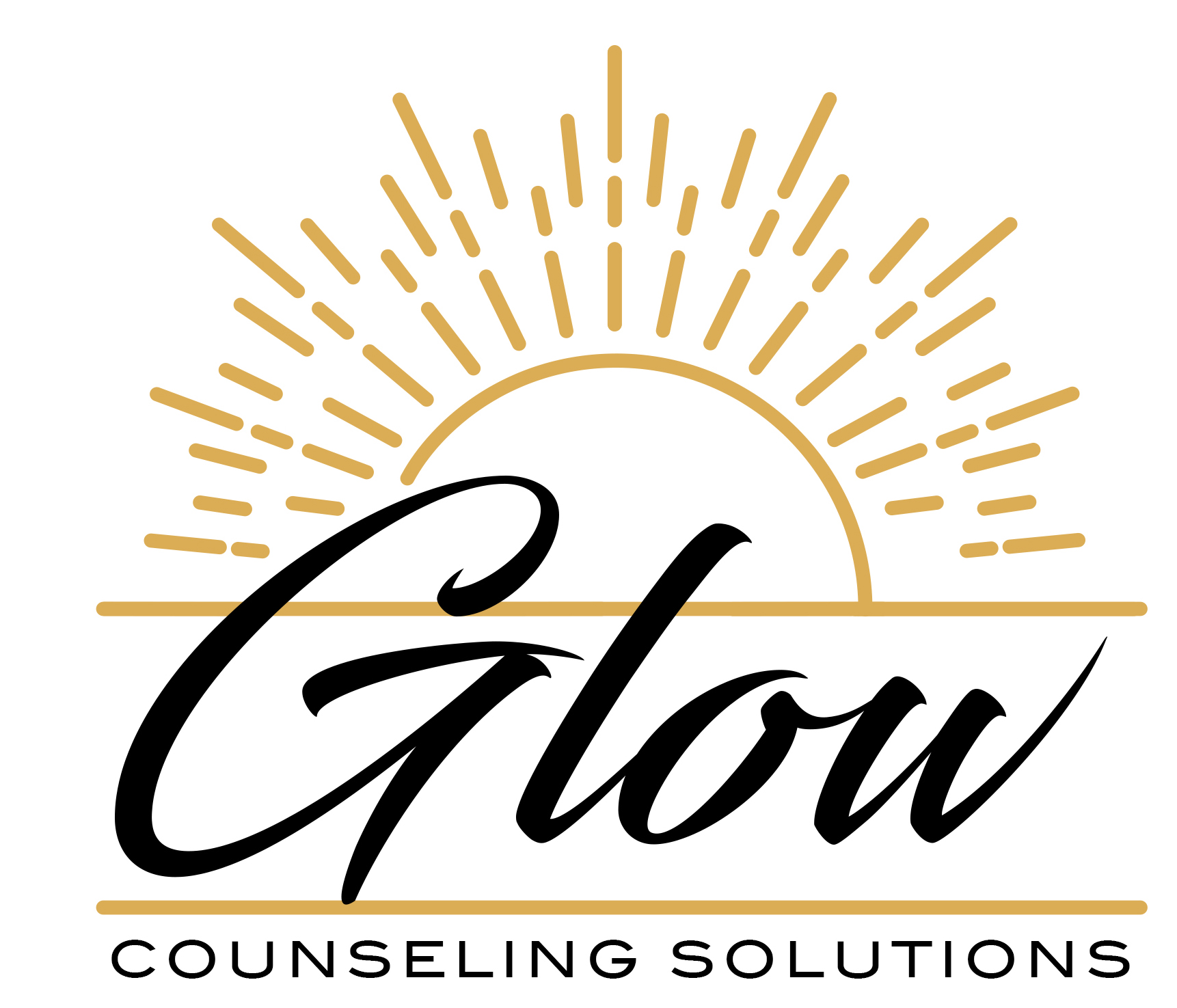ADHD in Adults

When people hear “ADHD,” they may picture a hyperactive little boy who can’t sit still in school. But ADHD (Attention Deficit Hyperactivity Disorder) isn’t just a childhood thing. It doesn’t magically disappear when you hit adulthood; in fact, for many people, it’s not even recognized until they’re well into their 20s, 30s, or even later.
If you’ve ever felt like your brain is a browser with 47 tabs open all the time, or if staying organized feels like herding cats, you might have wondered, “Could I have ADHD?” The answer might surprise you, especially if your idea of ADHD is based on outdated stereotypes. Let’s break down the often-overlooked signs of adult ADHD in a friendly, no-judgment kind of way.
First things first: What *is* ADHD, really?
ADHD is a neurodevelopmental disorder that affects how the brain processes information, manages attention, controls impulses, and regulates behavior. It’s not about being lazy, undisciplined, or careless. The ADHD brain is wired differently, which can make everyday tasks more complicated.
In adults, ADHD can look very different than in kids. It’s less about bouncing off the walls and more about struggling to juggle responsibilities, relationships, and emotions. Many adults don’t even know they have it until life throws them into environments where they have to manage themselves without structure—like college, the workplace, or parenting.
So what are the signs of ADHD in adults?
1) You constantly lose things—even important stuff
If your keys, phone, or wallet feel like they’ve joined a secret witness protection program and disappear daily, you’re not alone. Losing things—especially items you use all the time—is incredibly common with ADHD. It’s not just forgetfulness; it’s often about working memory and a brain that doesn’t naturally encode “this is where I put it.”
2) You procrastinate… hard
Everyone procrastinates sometimes. But with ADHD, it’s next-level. You *want* to do the thing, you *know* the deadline is looming, and yet… you can’t start. It’s like a wall between you and action. The task might feel overwhelming, boring, or just impossible to begin. That “paralysis” is more than being lazy—it’s a neurological barrier.
3) You hyperfocus—yes, really.
Here’s a plot twist: ADHD isn’t about “not being able to focus.” It’s about regulating attention. People with ADHD often hyperfocus on things they find stimulating or rewarding—like video games, crafting, researching random topics, or binge-watching a show. The world fades away, time disappears, and suddenly it’s 2 AM. Hyperfocus can be a gift, but it can also wreck your schedule or make you miss appointments.
4) You’re chronically late—even when you try not to be.
Time blindness is a hallmark of ADHD. It’s like your internal clock runs on a different setting. You might underestimate how long something will take, forget that you need to get gas, or think you have “plenty of time” when you don’t. It’s frustrating—for you and the people waiting on you.
5) You interrupt or talk too much—and then feel bad about it.
People with ADHD often struggle with impulsivity, which can come out in conversations. You might blurt things out, finish people’s sentences, or derail topics without meaning to. It’s not because you don’t care—it’s just that your brain is *fast* and you’re excited to share. Still, it can make social interactions a little tricky.
6) Your emotions feel like a rollercoaster.
ADHD affects emotional regulation, too. You might have big reactions to small things, or feel flooded by frustration, sadness, or excitement. Mood swings, sensitivity to rejection (called *rejection sensitive dysphoria*), or getting stuck in emotional loops are all part of the ADHD experience for many.
7) You have a love-hate relationship with routines.
Routines help ADHD brains—but sticking to them is the hard part. You might set up a system, feel like you’re finally on top of things… and then suddenly abandon it. Or you’ll forget to use your planner, miss a week of meal prep, or stop taking your meds consistently. It’s not that you don’t care—it’s the executive dysfunction at play.
8) Sleep? What’s that?
ADHD and sleep don’t always get along. You might stay up late because you finally feel alert at night (*hello, revenge bedtime procrastination*), or have trouble winding down even when you’re exhausted. Many adults with ADHD struggle with insomnia, irregular sleep cycles, or non-restorative sleep.
9) Your to-do list is a graveyard of good intentions.
You’ve got notebooks, apps, color-coded calendars… and still, things don’t get done. You might forget appointments, miss deadlines, or start tasks only to abandon them halfway through. This isn’t laziness—it’s about difficulty prioritizing, organizing, and completing tasks, especially when they’re not stimulating.
10) You’ve been called “scattered,” “lazy,” or “inconsistent.”
This one hurts, doesn’t it? Many adults with undiagnosed ADHD grow up with labels that chip away at their self-esteem. You might feel like you’re “too much,” or “not enough,” or just… broken. But you’re not. You’ve been trying to navigate a neurotypical world with a brain that works differently—and that takes more energy than most people realize.
Couldn’t t this just be stress, anxiety, or being overwhelmed?
Yes—and no. ADHD shares symptoms with a lot of other things, like anxiety, depression, and trauma. In fact, it’s often misdiagnosed or overlooked because of that overlap.
Here’s a tip: if the signs you’re noticing have been around since childhood (even if they’ve changed shape), or if they’re showing up in multiple areas of your life (work, home, relationships), ADHD might be worth exploring.
And here’s the kicker: untreated ADHD can cause/contribute to anxiety and depression, especially when you’re constantly dealing with failure, shame, or burnout. So sometimes, treating the ADHD can actually help those other symptoms too.
What does an ADHD diagnosis look like in adults?
It’s usually not a five-minute checklist. A proper diagnosis often involves:
– A clinical interview with a psychologist, psychiatrist, or neurologist
– A review of your history, including school reports (if available)
– Symptom questionnaires
– Rule-outs for other conditions that mimic ADHD
The process can feel overwhelming, but it can also be life-changing. Getting a diagnosis helps you understand your brain—and that understanding can lead to real change.
Okay, so what if I do have ADHD? Now what?
Good news: there are so many ways to manage ADHD, especially once you know what you’re working with.
Treatment options might include:
1) Medications (like stimulants or non-stimulants) to improve focus and reduce impulsivity
2) Therapy, especially cognitive behavioral therapy (CBT), to build strategies and work through emotional challenges.
3) Lifestyle changes like sleep hygiene, movement, mindfulness, and reducing distractions
And perhaps the biggest piece? Self-compassion. Once you understand that your brain isn’t broken—it’s just wired differently—you can start letting go of shame and focus on what does work for you.
Some final thoughts
If you’ve been struggling in ways that seem invisible to others, if your brain feels like a circus you can’t control, or if you’ve spent years feeling “off” and not knowing why—this might be your sign to look into ADHD.
Adult ADHD is real. It’s common. And it’s treatable.
You’re not lazy, you’re not stupid, and you’re definitely not alone.
If you are looking for support with managing ADHD feel free to reach out

